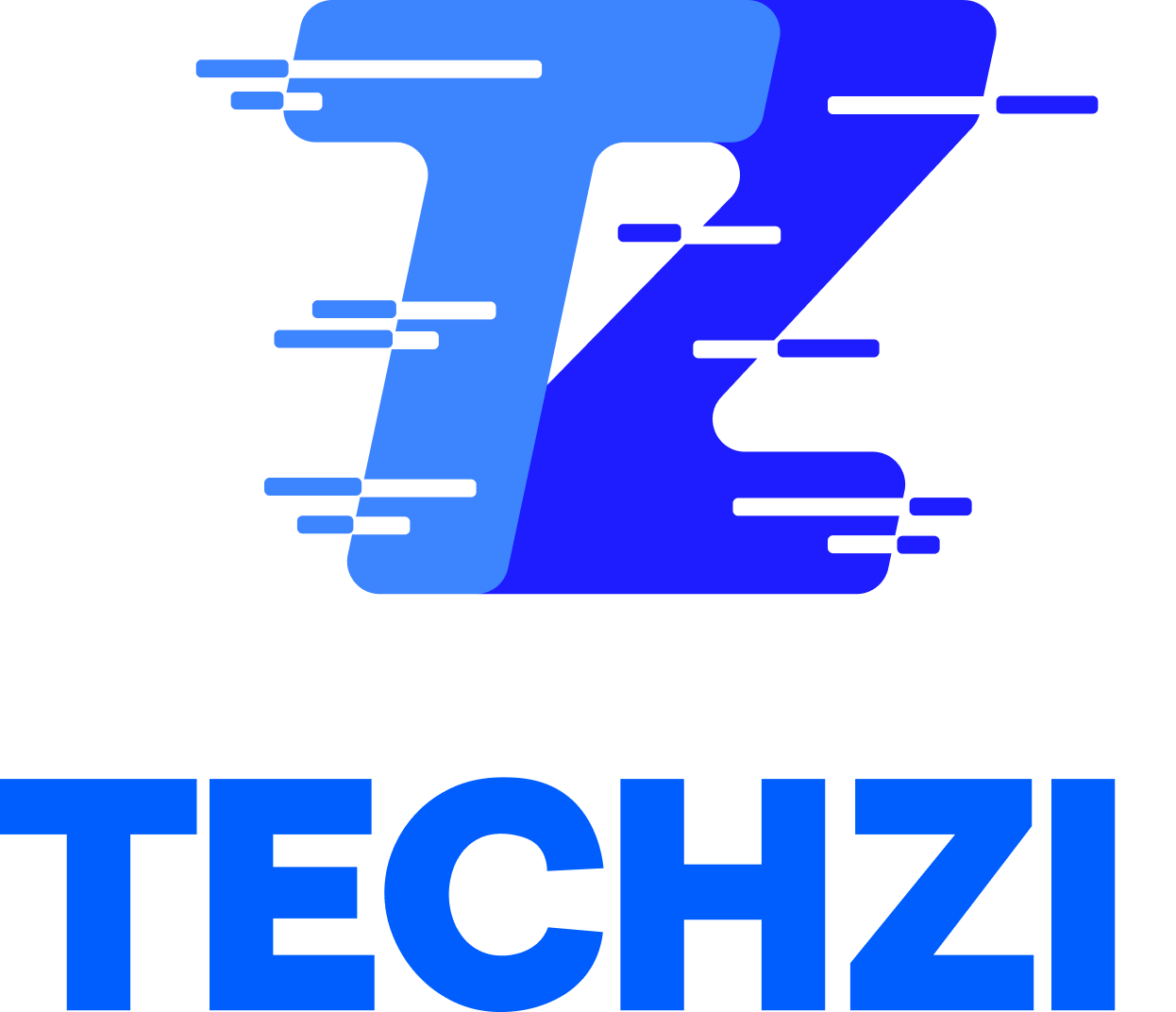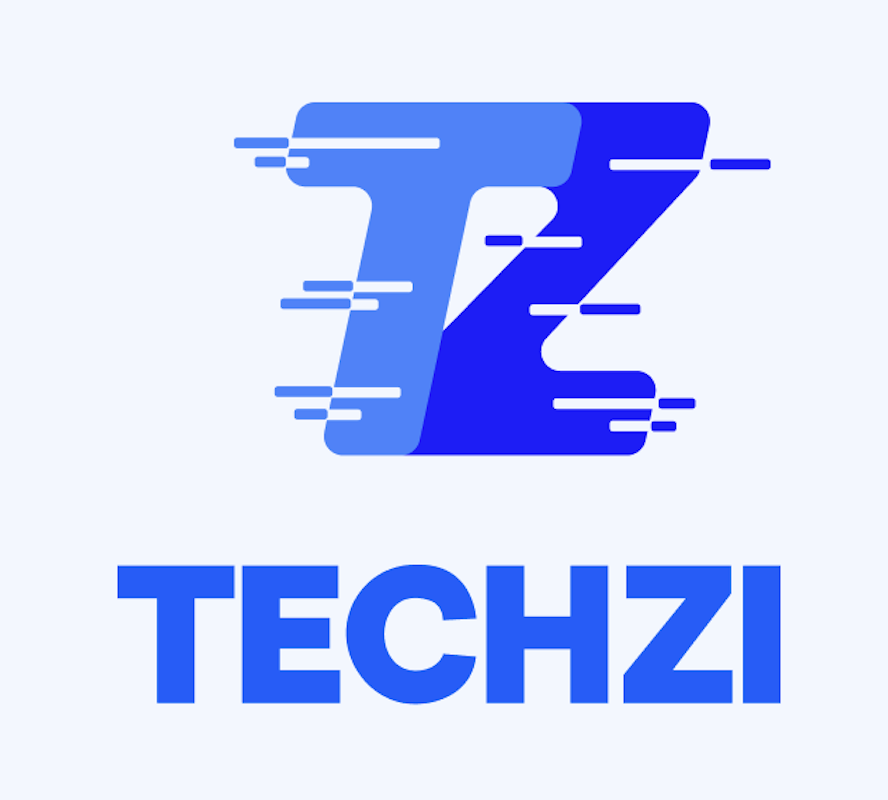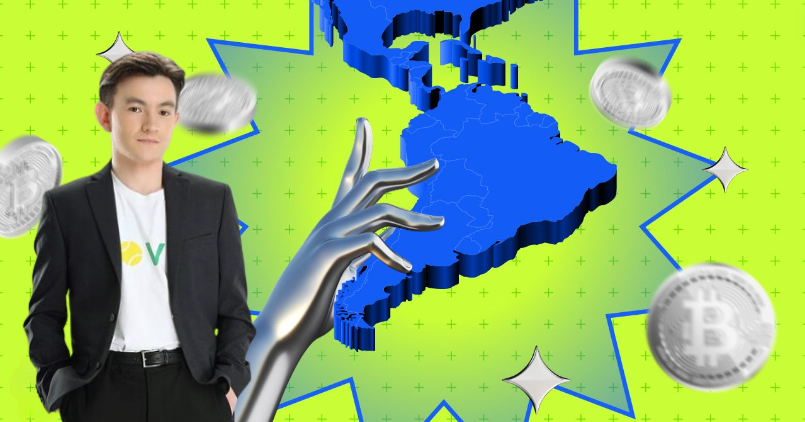This is a guest post by Richard Armstrong who is an early stage investor in many startups in both SE Asia and globally. Plus Richard has cofounded several companies.
Guest Author: Richard Armstrong
The rise of stablecoins in Latin America
Stablecoins’ rapid rise, particularly in countries like Venezuela and Argentina, represents a significant shift in the region’s financial landscape, largely driven by economic instability and hyperinflation.
Stablecoins, by design, offer a more stable alternative to volatile local currencies and so have become a critical financial tool in these nations.
If you’re wondering… what is Stablecoin? Here’s a good video to watch.
The Venezuela case study
In Venezuela, the adoption of stablecoins has been influenced by extreme hyperinflation and political turmoil. Which quite honestly is nothing really new for the country.
The local currency, the bolivar, has experienced severe devaluation, pushing many to turn to more stable digital currencies as a means of preserving value.
Stablecoins like USDT (Tether) are pegged to the US dollar, providing a semblance of financial stability and predictability that is absent in the local currency.

And Argentina
Similarly, in Argentina, the scenario is quite parallel. With inflation rates hitting triple digits, the Argentine peso has dramatically depreciated in value, making everyday financial planning and saving increasingly challenging.
This economic backdrop has catalyzed the use of stablecoins among Argentinians as a hedge against inflation.
Financial platforms and crypto exchanges have facilitated the transition by integrating stablecoin-based transactions and services, thereby increasing accessibility for the general public.

It’s also about financial inclusion
Many residents in Venezuela and Argentina do not have access to traditional banking services. Stablecoins provide a digital alternative for storing value, making transactions, and even accessing international markets without the need for a bank account.
Moreover, the technology behind stablecoins—blockchain—ensures that transactions are transparent and secure, attributes that are particularly appealing given the history of financial instability and corruption in the region.
This technology also allows for remittances to be sent and received more efficiently and at lower costs compared to traditional banking channels, which is a significant advantage given the high number of expatriates from these countries.

However, the rise of stablecoins is not without challenges.
The regulatory environment in Latin America remains underdeveloped and varies significantly by country. This lack of clarity can pose risks to users and hinder the potential benefits of stablecoins.
Furthermore, while stablecoins are less volatile than cryptocurrencies like Bitcoin or Ethereum, they are not entirely risk-free and depend heavily on the stability and reliability of their underlying reserves, typically held in traditional currencies like the US dollar.

Wrapping up
The instability in Latin American currencies is not a new thing. It’s something that has been there for many decades.
The people are used to it. But there was little that they could do in the past about it. Except for hold US dollars, which also posed its share of challenges.
Now they have a new option, stablecoins. And they’re adopting it in hordes. Especially in the countries hit hardest by high inflation, namely Argentina and Venezuela.
In developed countries like the US investing in cryptocurrencies is still reserved for a relatively niche group of relatively savvy investors. Whereas in Latin America you have unbanked people that have never even had a bank account and yet they’re jumping into holding stablecoin.
Which is a pretty interesting phenomenon and one that I’m going to enjoy watching how it evolves.
Maybe the instability in Latin America and the adoption of cryptocurrency as a result is a sign of what is going to one day happen to developed countries as the world changes? hmmmm









